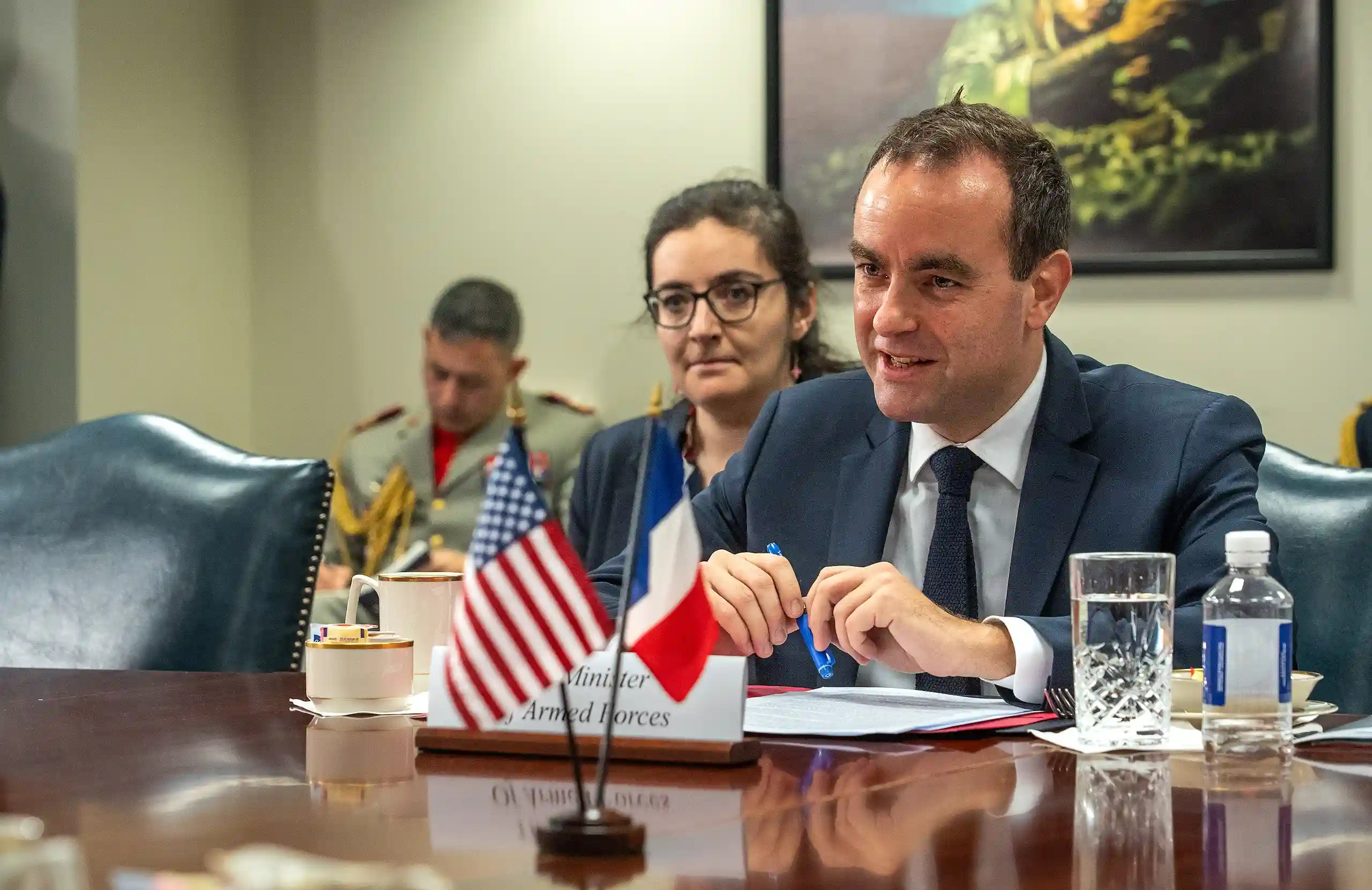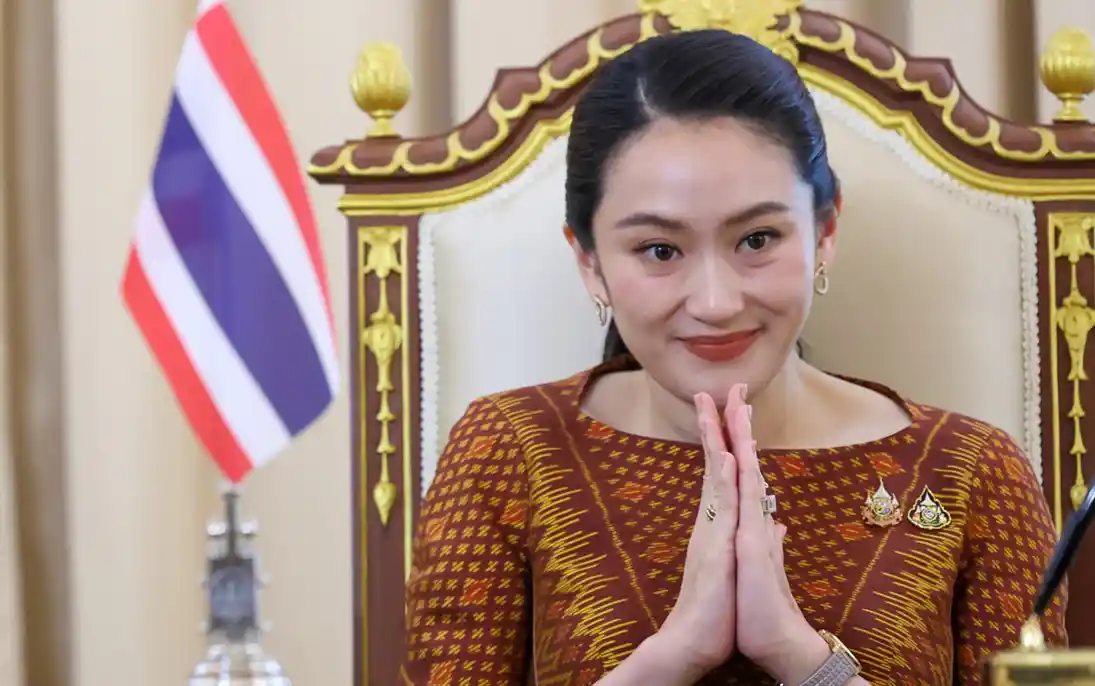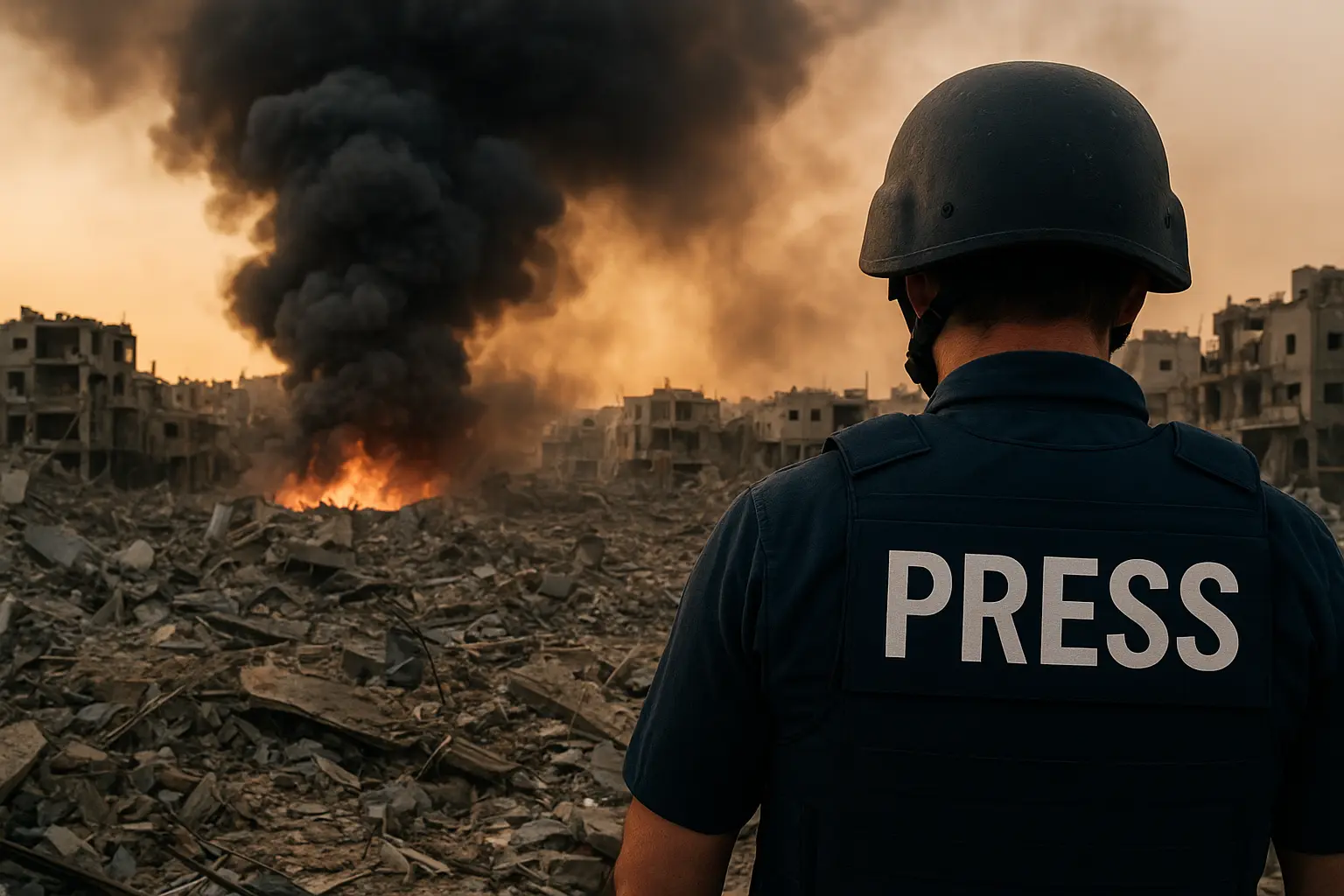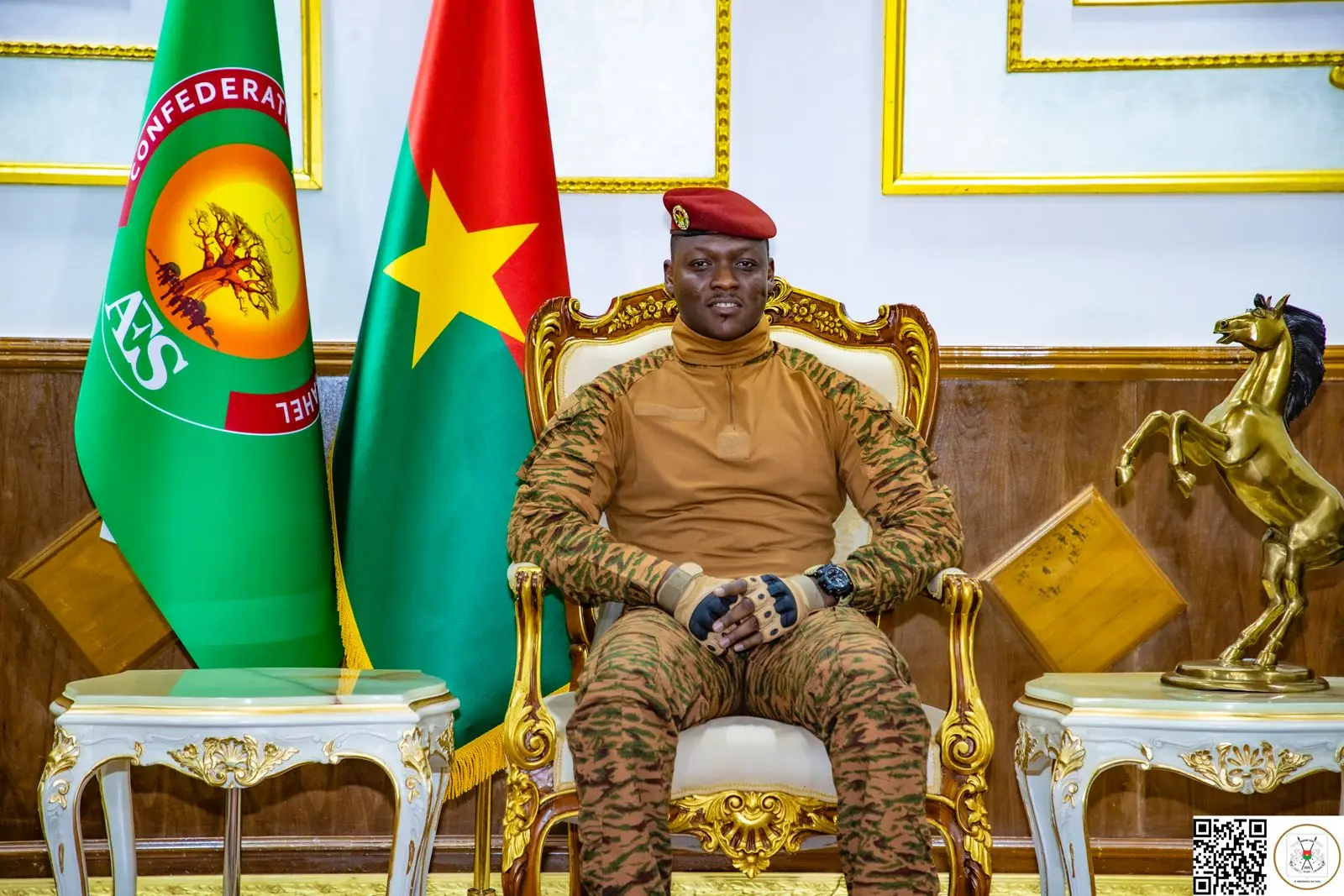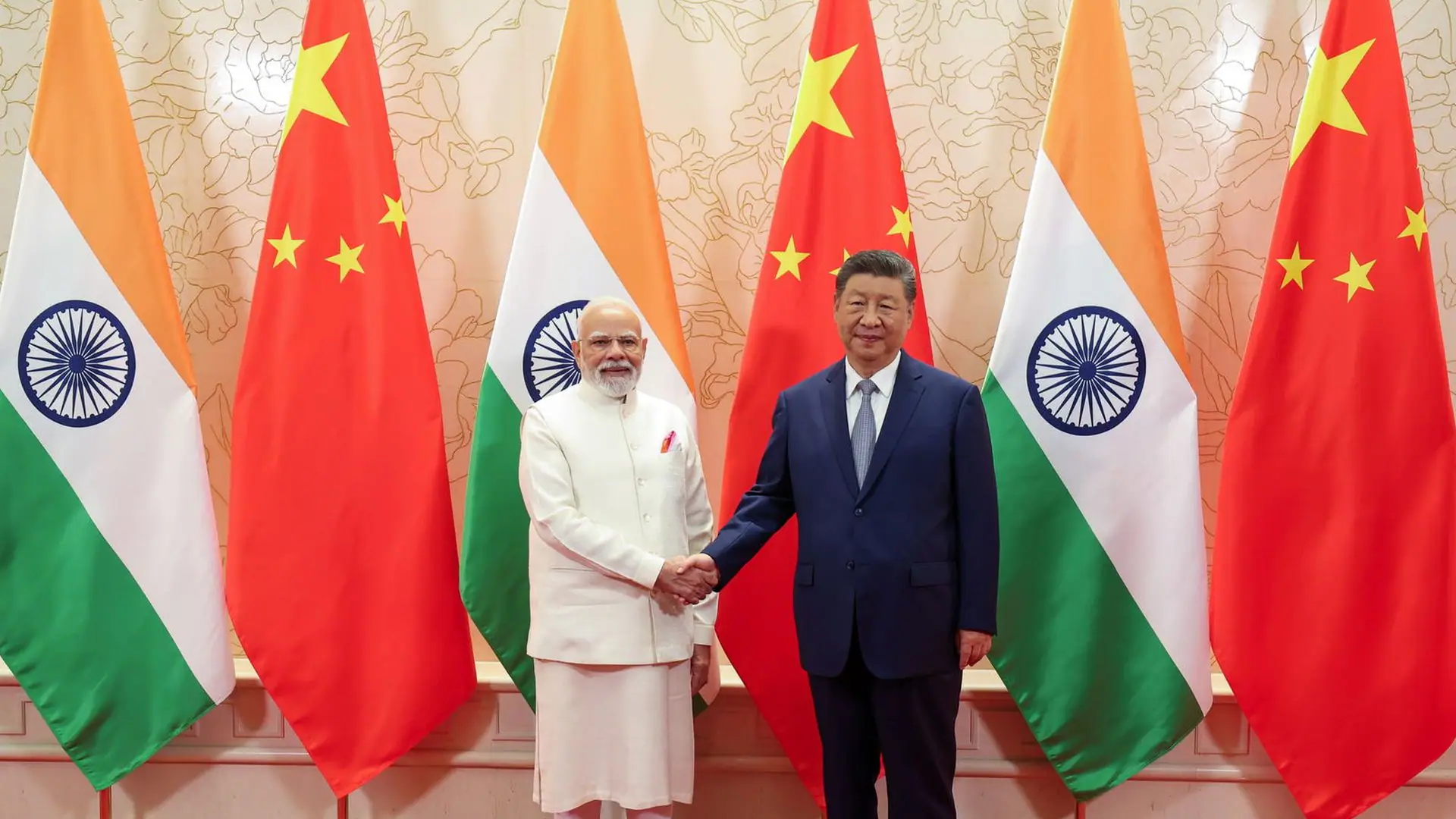Nepal, under the shadow of the Himalayas, has witnessed its greatest political upheaval since it became a federal democratic republic in 2008. The September 2025 protests, which were organised by Generation Z activists in large majority, compelled Prime Minister K.P. Sharma Oli to step down from office and initiated a complicated process of government reconstruction. This sudden twist of events is something more than the traditional political crisis: it marks a deep generational change in Nepalese society and politics.
Archives
Not Louder Ads, but Fresher Connections: The Matcha Effect is India’s New Branding Mantra
The production of matcha tea has historically represented a commitment to authenticity and meticulousness in Kyoto. In the crowded digital landscape of India, professionals are keenly searching for that ideal blend of innovation, energy, and trustworthiness. Every company is competing for a limited chance in the smartphone screen market, ranging from beauty brands to food delivery apps. Traditional marketing approaches often struggle to keep pace in this competitive landscape. Introducing the Matcha Effect Model, an innovative framework designed to transform conventional brand development tactics for today’s digital landscape.
France’s Leadership Crisis: What Comes Next?
France’s political elite were shaken this week when Prime Minister François Bayrou was removed after losing a no-confidence motion in the National Assembly. The failure comes in a series of government collapses during the Macron era, reinforcing how precarious executive power has become in a parliament divided along ideological fault lines. Acting quickly, President Emmanuel Macron appointed Defense Minister Sébastien Lecornu as the new prime minister today — a gesture aimed at conveying competence and continuity at a time when the presidency is in danger of looking stuck.
Thailand’s Brewing Political Crisis Tests Institutional Tensions
Thailand’s political instability is becoming worse. The Constitutional Court dismissed Prime Minister Paetongtarn Shinawatra for unethical behaviour in a leaked phone call with former Cambodian leader Hun Sen, which angered citizens and heightened mistrust across all political parties. The chat, which was leaked amid a border crisis, contained language that was perceived as overly respectful, which infuriated the public and led to a prompt court ruling.
Israel-Hamas Conflict is Deadliest for Modern Journalism
Israel–Hamas war has made a historic impact on media. Following recent events like the assault that killed four Al Jazeera staff in Gaza on 10th August 2025, this article examines why Gaza has become the most hazardous mission in modern journalism, how both Palestinian and Israeli governments restrict reporting, and what institutional safeguard is absent. It further addresses how accusations regarding journalists’ loyalties become increasingly politicised and how reporting by Al Jazeera has become controversial.
Tariffs ≠ Collapse: India’s Trade Journey through Trump-Era Tariffs
When the “America First” trade policy was declared by U.S. President Donald Trump in his previous term, he framed it as a move to protect U.S. workers from what he labeled unfair foreign competition. India, even as a long-time U.S. ally, found itself squarely in the crosshairs. Trump claimed that India charged high tariffs on American products while gaining preferential entry into U.S. markets. Such a disparity, he said, required a corrective measure. The tariffs did not come as a blanket measure initially but were developed incrementally through a series of increments.
The New Face of Africa’s Decolonisation
Empires don’t abdicate softly. Armies withdraw, banners come down, but lips remain. For more than a half-century since formal independence, Burkina Faso—as was a large swath of francophone Africa—maintained French as an official language. It was the language of court, school and the state. Now, with President Ibrahim Traoré (the second youngest head of state in the world), this colonial baggage has been intentionally scrubbed off. French has been reduced to a “working language” while Mooré, Dioula, Fulfulde, Bissa and other native languages achieve official status.
How Long Will the India-China Diplomatic Rekindle Last?
When the American President Donald Trump launched his trade war, both India and China were in his sights. Trump’s officials maintained America was a victim of “unfair trade practices” and thus slapped a barrage of tariffs on steel, aluminium, and a variety of manufactured goods emanating out of India and China. Although Beijing was primary target, India lost duty-free trade privileges under the Generalized System of Preferences (GSP) in 2019.
Modi vs Indira Gandhi: Leadership Styles That Shaped Two Eras of Indian Politics
On July 25, 2025, Narendra Modi surpassed Indira Gandhi’s tenure as India’s prime minister. He became the second-longest-serving PM after Jawaharlal Nehru. This has opened the debate of Modi vs Indira, who did better leadership within their respective tenures. While Indira Gandhi served 4077 consecutive days from 1966 to 1977, Narendra Modi has surpassed it. Both the leaders have been influential in their own right, impacting the country’s politics, strategy, economy, foreign affairs and nationalism.
Saiyaara: The Bollywood’s Enlightening Star Redefining the Marketing Imagination
Helmed by Mohit Suri and starring fresh faces Ahaan Panday and Aneet Padda, the July 2025 launch of Saiyara defied the conventions of Bollywood. Despite lacking star power, connections to well-known franchises, the film impressively garnered nearly ₹200 crore within just nine days of its release, cultivating a garnered acclaim as one of the year’s best emotionally resonant cinematic experiences. This outcome was not a mere coincidence; it stemmed from astute marketing strategies rooted in behavioural science, emotional branding, and a digital-first approach to communication. The movie’s return on investment transcends mere financial gain; it encapsulates a profound experience.


